Brewing Behemoths
Oklahoma has a growing number of craft brewers. We talk with four of them about the past, present and future of their brands.
 A Brief History of Brew
A Brief History of Brew
From ancient times to the enactment of new liquor laws in Oklahoma, beer has a lively lineage.
Which came first, the bread or the brew? It’s an argument that has puzzled anthropologists for decades. Some believe the origin of beer came with the cultivation of agriculture, and that ancient peoples stumbled upon fermentation while experimenting with bread-making, enabling them to tinker with alcoholic beverages. Others believe the motivation to create beer led to the side benefit of yeast products, including bread. Either way, beer is still a beloved beverage, thousands of years later.
Sumeria 2500 B.C.
The “Hymn to Ninkasi” was passed down orally through generations; it worshiped the goddess of beer, extolled its value and preserved recipe directions for the elementary brewing process. About 500 years later, the famous epic Gilgamesh shows how celebrated beer had become, as well as its intoxicating effects, when a man in the book-length poem is told to “drink the beer, as is the custom of the land,” so “he drank the beer – seven jugs! – and became expansive and sang with joy! He was elated and his face glowed.”
Western Europe 600s A.D.
In contrast to many religious groups today, European monasteries were largely responsible for brewing and selling beer.
Early America 1620
Beer is perhaps America’s founding beverage. The Pilgrims cut short their journey to the New World by landing at Plymouth Rock, rather than sailing farther south, in part because of a shortage of beer aboard the Mayflower.
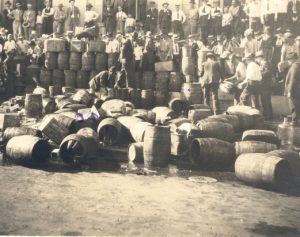
Photo by Hale and Hiatt courtesy Oklahoma Historical Society
Oklahoma 1889-1907
Alcohol was a vital part of the Wild West. Oklahoma Territory, opened with a land rush in 1889, had a lore filled with taverns in nearly every settlement. That all changed with statehood.
1907
When Oklahoma became a state, residents adopted prohibition as part of its constitution. Until 1918, alcohol was (ironically) only allowed for the critically ill when prescribed by a doctor and supplied through a regulated dispensary system.
1918
Oklahoma became the 18th state to ratify the 18th amendment, making prohibition a national law. Bootleggers and speakeasies sprang up as alcohol sales went underground and continued to thrive – until the Great Depression and Dust Bowl hit Oklahomans hard.
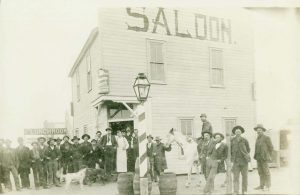
Photo courtesy Oklahoma Historical Society
1933
National prohibition was overturned with the passage of the 21st Amendment, but Oklahoma did not follow and never ratified this amendment. Still, the effects of the depression made revenue from alcohol sales appealing, and prohibition laws in the Sooner State began loosening over the coming decades.
1959
The Liquor Control Act passed in Oklahoma and allowed the manufacture and sale of alcohol in the state – but with heavy regulation. Sales by the glass were not permitted until 1984, and, even then, drinking on-site was on a county-by-county basis.
2018
The Oklahoma Modernization of Alcohol Laws, passed in 2016, took effect Oct. 1 and altered the landscape of alcohol consumption in the state. Perhaps the greatest change was removing the distinction between low-point and strong beer, making it easier for consumers to purchase and drink beer with higher alcohol levels both on and off the premises of bars and eateries.
Raising the Bar
Fun and creative drinks, beer cocktails range from the simple to the elaborate. Jump into this ongoing fad with recipes from some of Oklahoma’s favorite watering holes.
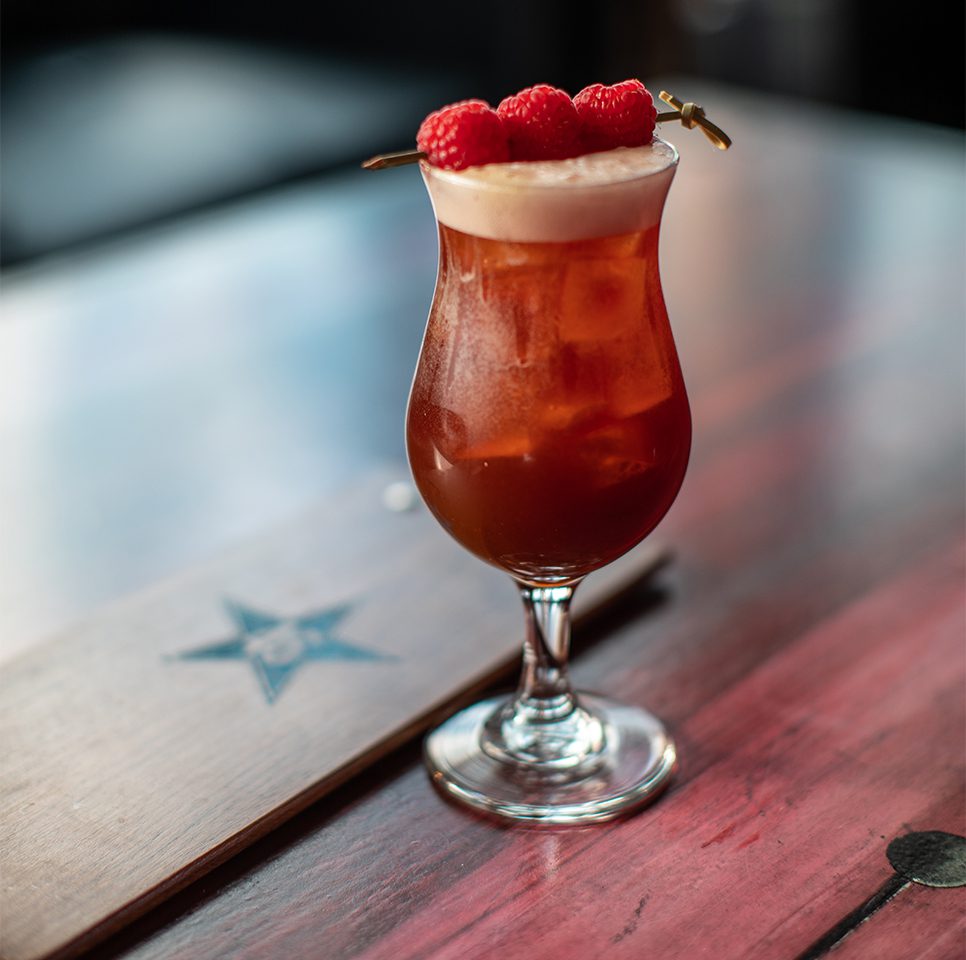
Jam Session Bar 46, Tulsa
Founder’s Rubeaus Ale pairs perfectly with cloves and other spices, giving this drink depth while keeping it refreshing.
1 ounce Averna
½ ounce lemon juice
¼ ounce clove syrup
1 dash Angostura bitters
Shake all ingredients, strain, then pour into a tulip glass over ice. Top with 3 ounces of Founder’s Rubaeus Raspberry Ale.
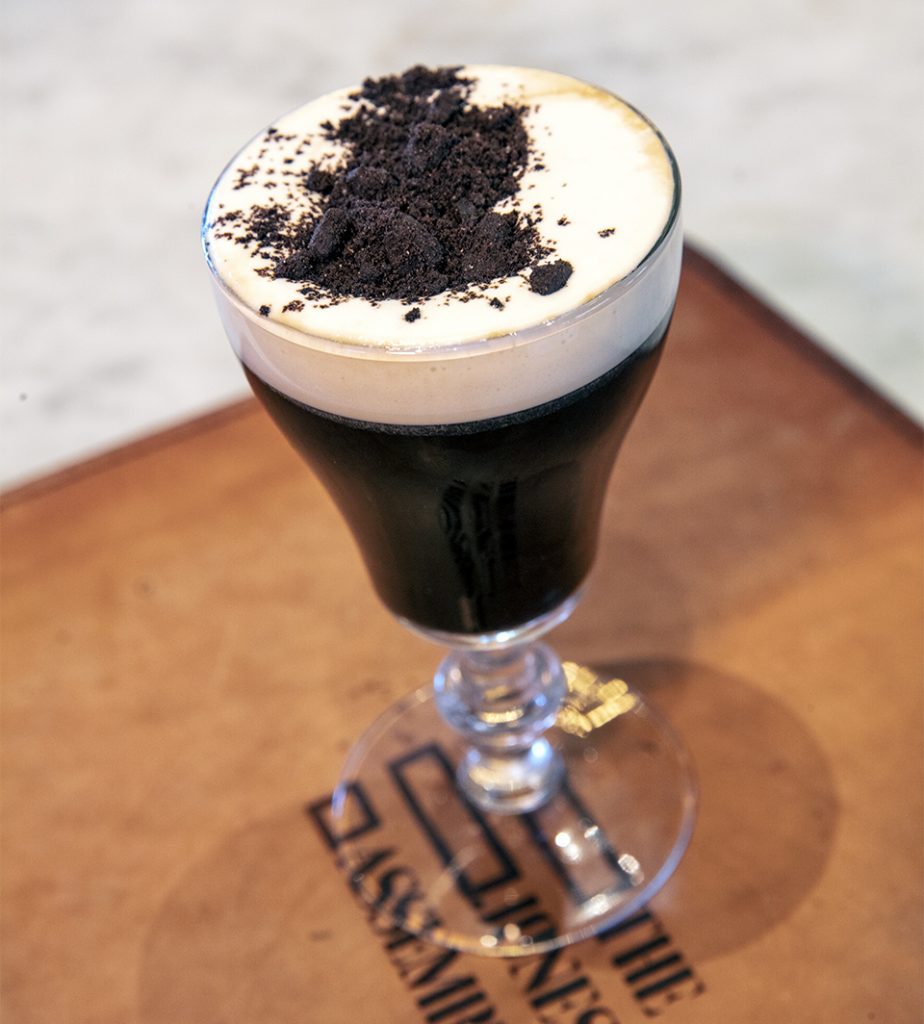
Irish Double Dunk The Jones Assembly, OKC
Inspired by Prairie Artisan Ales’ Double Dunk Oreo-infused stout, this local beer is reduced to a syrup as the base flavor for an Oreo Irish coffee-themed drink.
1 ounce Jameson
1 ounce Prairie Double Dunk reduction syrup
3 ounces coffee
2 ounces Oreo cream filling-infused heavy cream
Oreo cookie crumbles
Mix all ingredients.

White Pine Bay Roosevelt’s, Tulsa
This tropical concoction, flavored with pineapple and strawberry, is a succulent choice when the weather is warm.
½ ounce pineapple syrup
½ ounce strawberry syrup
1 ounce anejo rum
1 pinch salt
Shake all ingredients, strain, then pour into a rocks glass and top with Avery Liliko’i Kepolo, a Belgian ale with passionfruit.
Chester Copperpot Roosevelt’s, Tulsa
Bold and smoky flavors highlight this beer cocktail infused with coffee.
½ ounce Chase smoked vodka
1 ounce OK Distilling Company Strongbrew
3 ounces coffee stout
Shake all ingredients, strain over ice, then top with a cold brew of coffee concentrate.
D’Jeatyet Roosevelt’s, Tulsa
When beer meets whiskey, the result is a flavorful cocktail with lemon and honey.
1½ ounces OK Distilling Company Rectifier’s Select blended whiskey
½ ounce fresh lemon juice
½ ounce honey syrup
Shake all ingredients, stir, then top off with Kronenbourg Blanc, a wheat ale.
 The True Brew
The True Brew
As much as we all want to believe the contrary, there aren’t many health benefits to consuming beer, which holds strong as the favored alcoholic beverage for Americans, according to a 2018 Gallup poll. (Forty-two percent of Americans prefer beer; wine comes in second at 34 percent; then liquor at 19 percent.)
Yes, downing a brew or two lowers stress and tension, but don’t expect to lose weight, improve cardiovascular health or lower your risk of diseases by drinking beer. A 2015 Gallup poll says Americans, for the most part, understand that concept. When asked if moderate alcohol consumption is good, neutral or bad for one’s health (with moderate drinking defined as 1-2 drinks a day), 17 percent believed it is good, 52 percent believed it bears no effect and 28 percent believed it is bad. The bottom line: Moderate drinking won’t make you skinnier or less prone to disease, but it will likely improve your mood. Cheers to that.
WHAT’S WHAT
Sometimes you need a glossary to keep your brew terms correct.
There are two major categories of beer: lagers and ales. Their difference lies in fermentation. Lagers use yeast that ferments at the bottom of the mixture, and ale’s yeast ferments at the top. Under those two umbrella terms is a bevy of other styles of brews. Find which one seems tastiest to you … or try them all.
Belgian
The grouping of Belgian ales – considered by many to be the world’s best – includes everything from fruity to spicy to malty. Their common characteristics are high alcohol content and low bitterness.
IPA
Standing for India Pale Ale, this brew is vast but characterized by hops, plus herbal and citrus flavors. The high use of hops makes these brews more bitter than other beers, and they are usually high point.
Pale Ale
Much like IPAs, pale ales are hoppy, but usually have more of a malt taste and are lighter than IPAs. Think of pale ales as less-intense IPAs.
Pilsner
This lager originates from the Czech Republic. These brews look and taste light, and usually have a lower alcohol content than other lagers.
Porter
Always dark, heavy lagers, porters typically utilize flavors like chocolate, coffee and caramel. This strong beer got its name because it was created especially for doormen and gatekeepers who (as the thinking went hundreds of years ago) needed stiff drinks to stay awake. That’s why the Porter in William Shakespeare’s Macbeth is drunk.
Sour
For those who don’t dig the taste of wheat or hoppy beers, the whimsical sour ale might be a good start. Made from spontaneously fermenting yeast, sour beers are usually fruity and tart with low alcohol content.
Stout
Much like porters, stouts are also dark, heavy lagers with flavors like coffee, caramel and chocolate. They typically have medium to high alcohol contents.
Wheat
Typically pale, wheat beers are the antithesis of stouts and porters – light, fruity, tangy and lower in alcohol content.
Glossary made with help from webstaurantstore.com.






















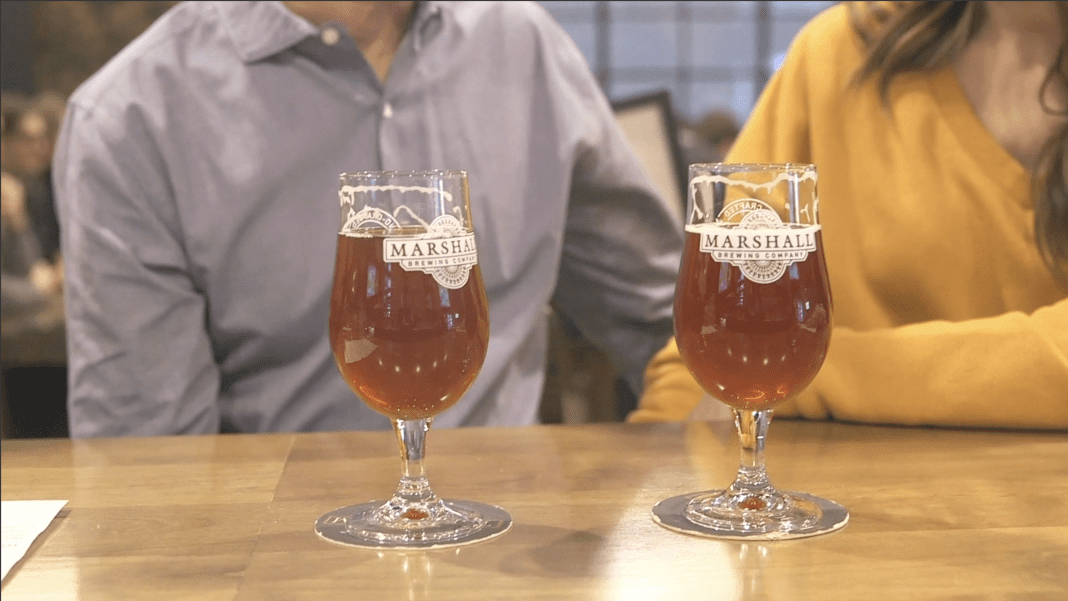




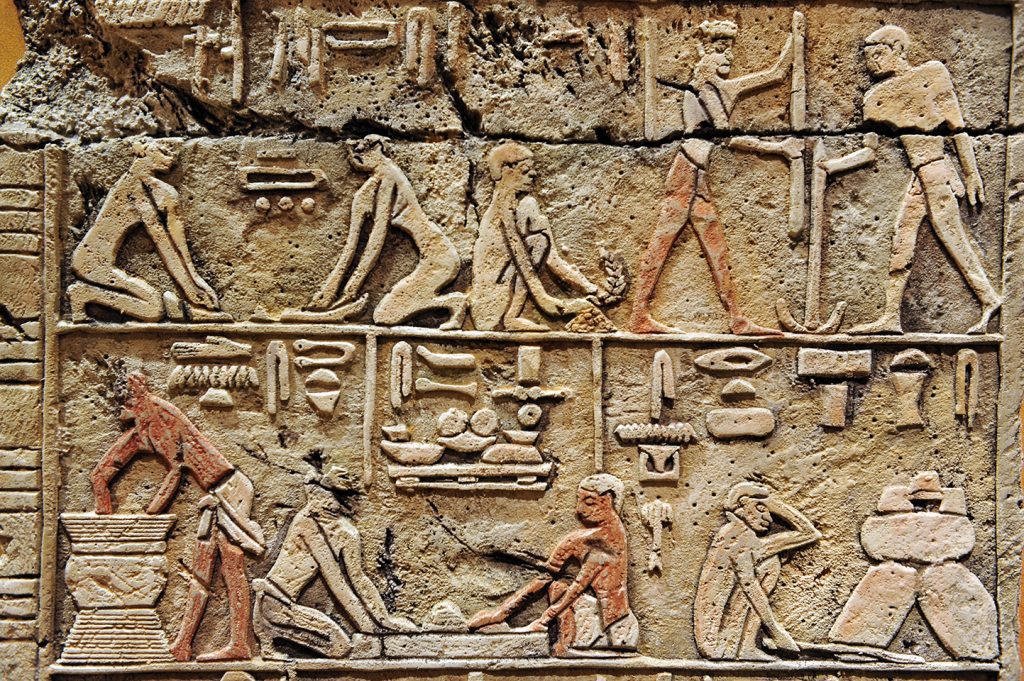 A Brief History of Brew
A Brief History of Brew The
The 